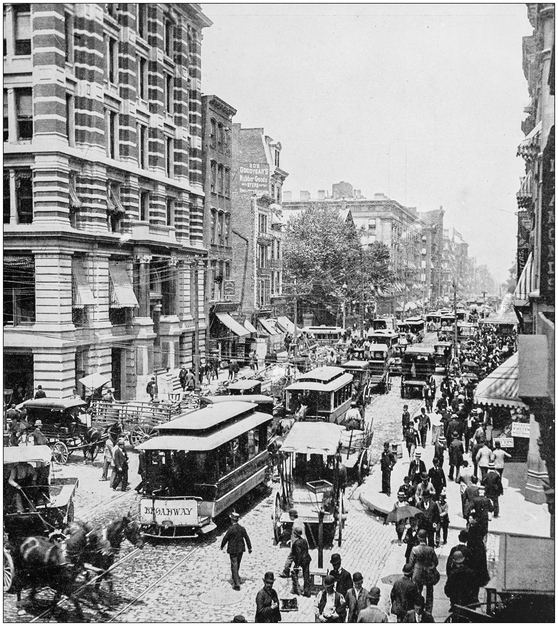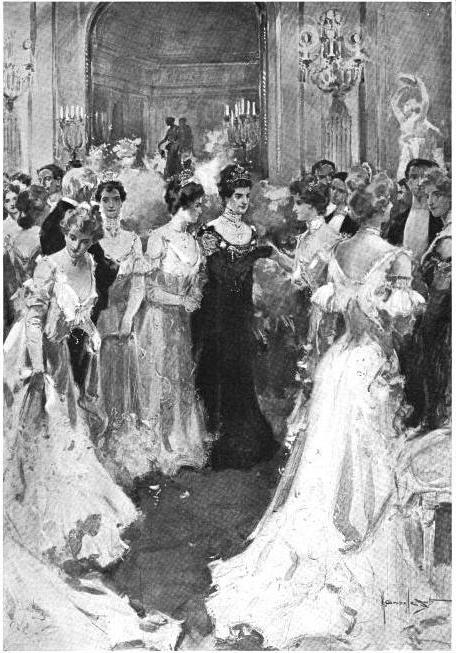Generally served at breakfast or brunch, Eggs Benedict is arguably the best-known version of poached eggs on toast in the recorded history of gastronomy. This simple yet delicious dish has been one of the world’s all-time favorite brunch dishes for quite a long time and it will surely continue for years to come.
While its legendary status and deliciousness are not disputable, what hasn’t been settled yet is its origin, for which gastronomy experts and historians couldn’t agree upon over the years. From what is known so far, it is most likely that New York is the place where the famed dish was served for the first time, but the person who takes the credit for inventing it remains shrouded in mystery.
Nowadays it seems like there are as many Eggs Benedict creation myths as there are versions of the dish, with all of them being equally interesting. Of all the myths out there that surround the largely disputed origin of this decadent dish, only two are widely accepted by experts and the public. But before we share these intriguing stories of how this mouth-watering dish came into being, we must reveal what exactly is Eggs Benedict.
There are several variations of the recipe, but the classic recipe for includes hot buttered English muffins, ham, poached eggs, and last but not least, the hollandaise sauce, which appears to be the most complicated part of the preparation and requires a specific skill. This sauce is a whisked-together blend of egg yolks, lemon juice or vinegar, salt, black pepper, cayenne pepper, and butter. Sounds easy, doesn’t it? Well, it is not and if you don’t pay attention to details, lots of things can go wrong.

Back to the Gilded Age in New York, which lasted from about 1870 to 1900, and the much-disputed origin of Eggs Benedict. It was during the Gilded Age that many elements of social life in the city changed dramatically due to the rapid economic growth and the development of new technologies. While many people couldn’t afford a meal outside their home and many others struggled to receive a decent meal in soup kitchens, New York’s aristocracy organized lavish dinner parties and dined at the most expensive restaurants.
These sleepless, extravagant nights included not just the finest French culinary specialties, but also a considerable amount of alcohol, which brings us to the origins of several classic brunch dishes, among which Eggs Benedict holds a very special place. This late-night carousing often resulted in hangovers, which, according to the first theory, led to the invention of our favorite hangover remedy: Eggs Benedict.
The debate over Eggs Benedict’s origin begins in 1942 when The New Yorker published an article about a Wall Street bigwig named Lemuel Benedict who placed a rather unusual breakfast order at the Waldorf Hotel back in 1894. According to the article, he had a hangover and ordered “buttered toast, crisp bacon, two poached eggs, and a hooker of hollandaise sauce.” It was a history-making morning as he created a dish that has, ever since, borne his name. It didn’t take long before his invention, with some minor changes, which include ham instead of bacon and an English muffin instead of toast, was put on the menu of the Waldorf Hotel (now the Waldorf-Astoria) and a classic American dish was born.

However, the real controversy over who takes the credit for inventing eggs Benedict began in 1978, when Bon Appetit magazine published an article that gave credit for the recipe to Mr. and Mrs. LeGrand Benedict, who reportedly requested the exact ingredients at Delmonico’s Restaurant. The couple, who were regulars at Delmonico’s, wanted to try something new. and after a discussion with Delmonico’s chef, Charles Ranhofer, they settled for what would later become known as Eggs Benedict. Ranhofer published a 1,200-page cookbook called The Epicurean in 1894 that included his Eggs Benedict recipe:
“Cut some muffins in halves crosswise, toast them without allowing to brown, thn place a round of cooked ham an eighth of an inch thick and of the same diameter as the muffins on each half. Heat in a moderate oven and put a poached egg on each toast. Cover the whole with Hollandaise sauce.”
The world would have probably forgotten about the first origin story of Eggs Benedict, which included the hungover morning of Lemuel Benedict at the old Waldorf Hotel, if it weren’t for a man named Jack Benedict, a descendant of Lemuel Benedict. According to the New York Times, the Bon Appetit article prompted him to begin a campaign to reinstate the Lemuel Benedict version.

“As long as the delectable dish is enjoyed by an increasing number of persons, I don’t suppose it really matters to whom is given credit for its innovation. But to set the record straight, it all began in New York City, at the old Waldorf Hotel, in 1894,” he wrote to Bon Appetit.
He went a step further by opening a restaurant where he served both Eggs Benedict Lemuel’s Way, with toast and bacon, and eggs Benedict Oscar’s Way, with an English muffin and Canadian bacon. He even tried to establish a partnership with McDonald’s, proposing a sandwich called Eggs McBenedict.
There are few more theories about the origin of Eggs Benedict, but these two have truly captured the attention of the public. Nonetheless, opposite to the twisted history of Eggs Benedict, there is one thing about this dish that simply can not be disputed: It is a true American classic!
